

Soccer fields require a flawless viewing area for both players and spectators due to the high-tempo matches that take place in large, open spaces. Therefore, it is crucial that the right lighting systems are used by teams of experts in the field. With proper lighting, the movements of the ball and players can be clearly tracked on soccer fields. This maximizes both game performance and spectator enjoyment. In this regard, Licalux Lighting provides professional and energy-efficient solutions by supplying high-quality LED fixtures to its clients for soccer field (stadium) lighting.
Request a QuoteFootball field lighting must be designed in accordance with specific standards to ensure that players, referees, and spectators can clearly see all movements during the game. Certain points must be considered during this design process. The most important of these points are: lighting level, uniformity, color temperature, color rendering index, number of poles, and suitability of lumens and wattage. This ensures homogeneous lighting across the entire soccer field, preventing any negative impact on player performance and allowing spectators to fully enjoy the excitement of the game.

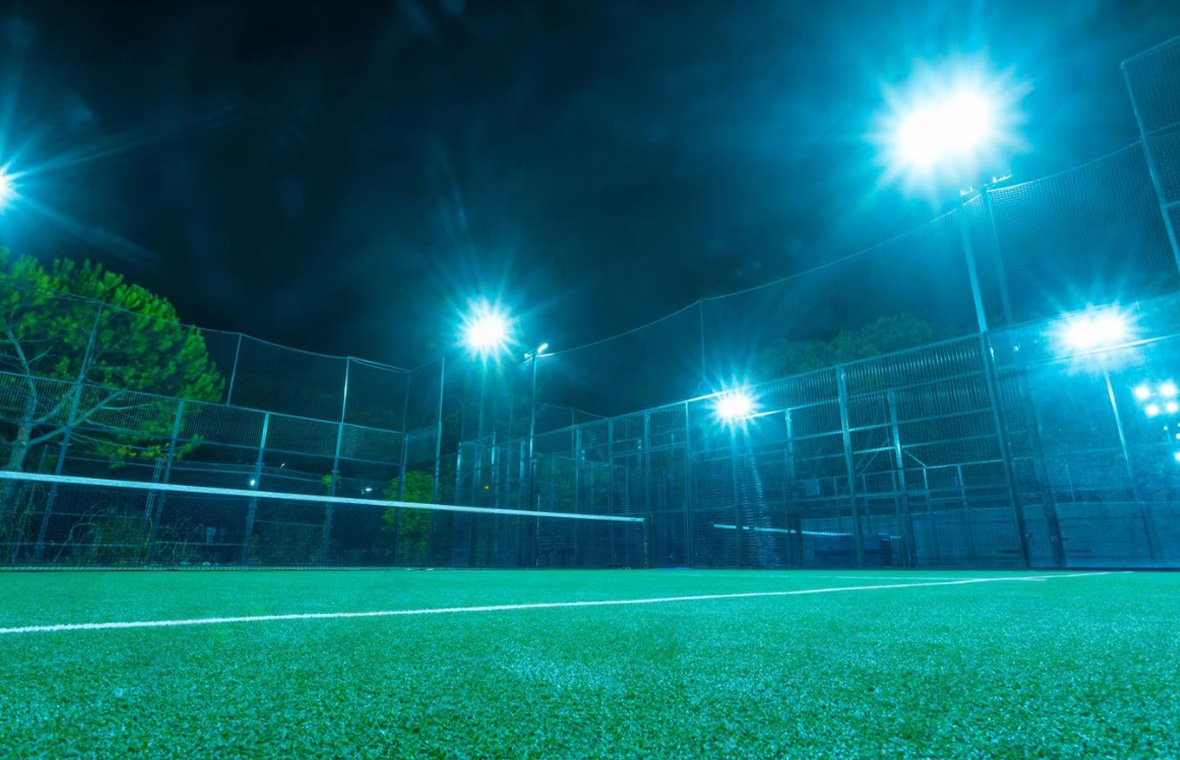
When examining football field lighting in terms of illumination levels, it must be designed to both support player performance and provide spectators with a quality experience. In this context, while 200-500 lux is considered sufficient for amateur matches or training fields, a lighting level in the range of 500-750 lux should be preferred for professional matches. In addition, for international tournaments and televised matches, a level of up to 1500-2000 lux may be required. This ensures that the movement of the ball, the players’ facial expressions, and the details of the field are clearly visible on the television screen. Furthermore, ensuring that the lighting level is uniform across the entire field prevents the formation of shadows, thereby avoiding any visual discomfort during the game. For this reason, the light intensity and angles of the projectors used in the design of the lighting system must be carefully calculated.
Another important point to consider in field lighting is uniformity. This uniformity factor aims to ensure visual comfort during the game by preventing shadows from forming and ensuring that light is distributed evenly across the field. In football field lighting, uniformity is expressed as the ratio of the lowest lighting level to the highest lighting level, and international standards stipulate that this ratio should be between 0.5 and 0.7. Thus, with sufficient uniformity, no area on the field will be significantly darker or brighter than others.
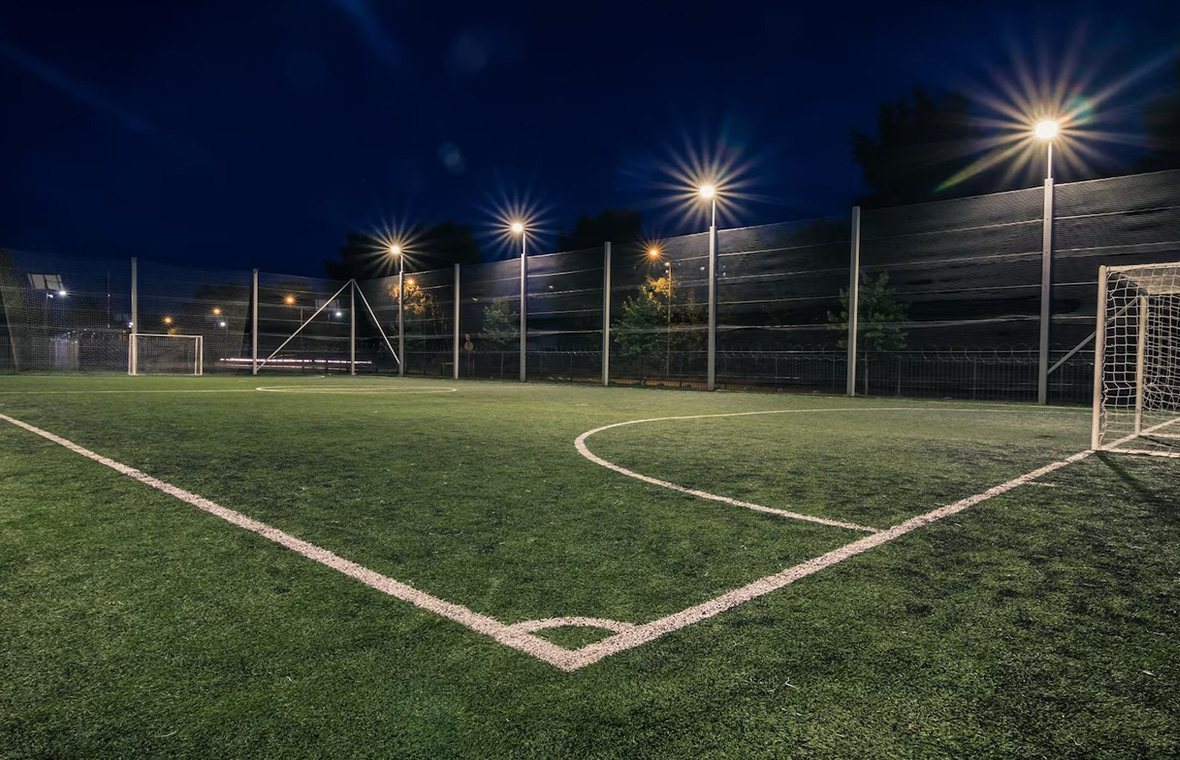

Color temperature is also a very important factor in field lighting. In this regard, the color temperature in stadium lighting should generally be such that it both supports the players’ performance and provides a quality experience for the spectators. This should be determined according to the purpose of the field’s use. For example, while 200-500 lux is considered sufficient for amateur competitions or training fields, a lighting level in the range of 500-750 lux should be preferred for professional competitions. In international tournaments and televised matches, it may be necessary to go up to a level of 1500-2000 lux. This ensures both a better football experience for fans and better performance for players.
The color rendering index is a vital factor when selecting the right lighting for a football field. The main reason for this is that the color rendering index (CRI) indicates how closely a light source can display the colors of objects in a manner similar to natural daylight. At this point, lighting systems with a high CRI value should be used on the football field so that players’ uniforms, ball movements, and field lines can be clearly perceived. While a CRI of 70-80 is generally considered sufficient for stadium lighting, a value of 90 or higher is recommended for international competitions that are televised. This is because a low CRI value can cause colors to appear faded or distorted, negatively affecting player performance and referees’ decision-making processes. For example, under low-quality lighting, players may have difficulty distinguishing jersey colors or field lines. Furthermore, color distortion in television broadcasts can negatively impact the viewer experience.
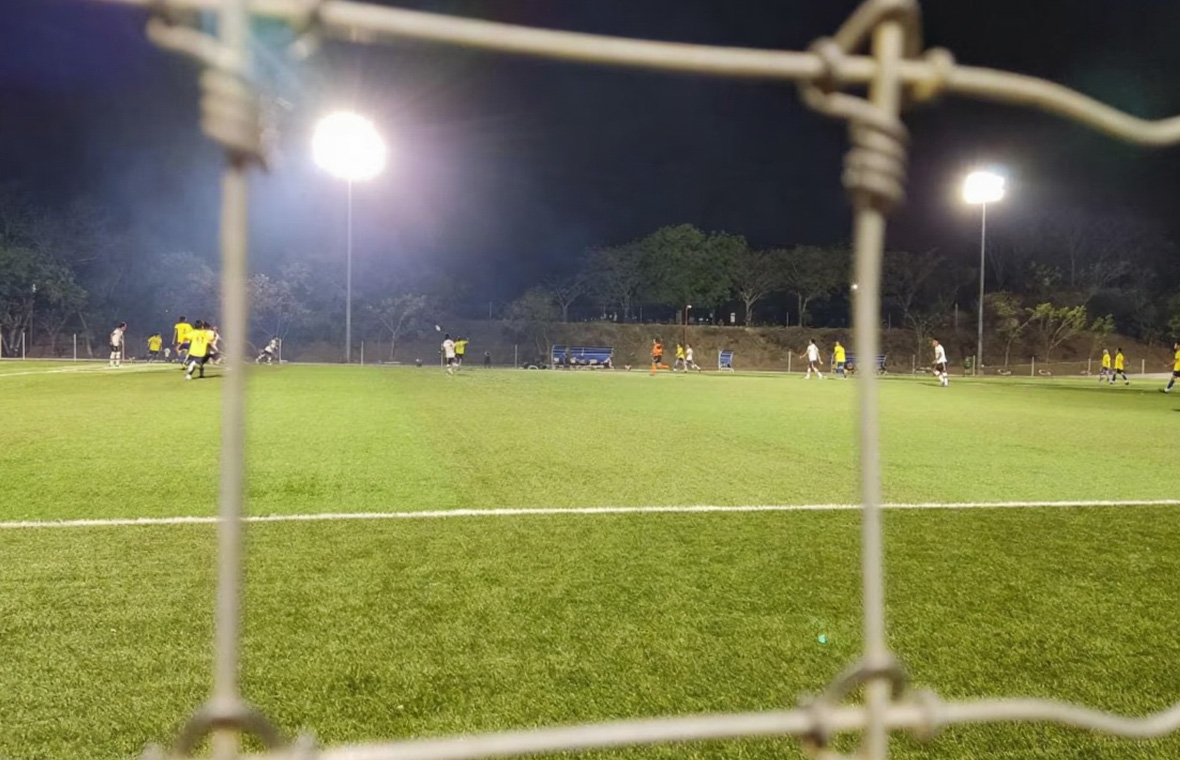
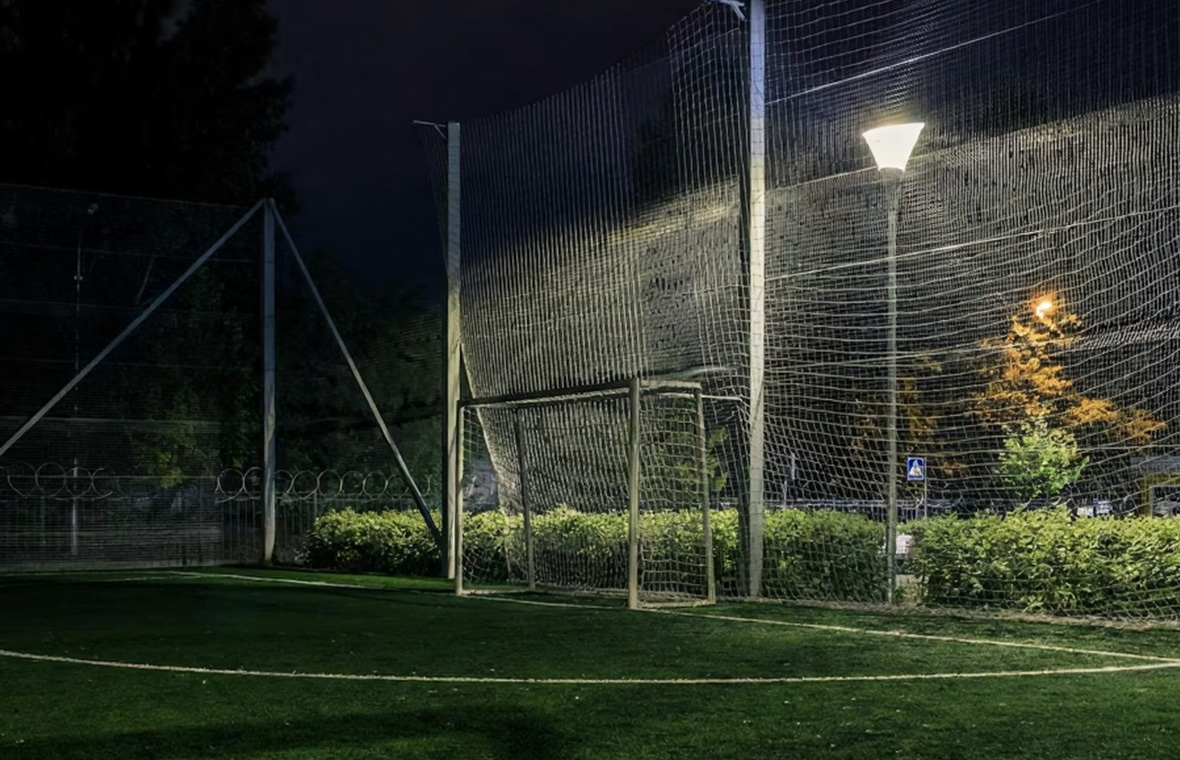
The final important point in field lighting is lumens and wattage. Lumens indicate the total amount of light emitted by a light source and determine the brightness of the lighting, while watts indicate how much energy the light source consumes. In this context, energy-efficient systems with high lumen values but low wattage consumption should be preferred for an ideal design in football field lighting. LED lighting systems, in particular, offer energy savings by providing a much higher lumen-watt ratio than traditional halogen or metal halide lamps.
When designing the lighting for a soccer field, the total lumen requirement is determined based on the size of the field, its intended use (amateur or professional matches), and international standards. For example, a professional soccer field typically requires a light source between 50,000 and 150,000 lumens per projector. Keeping the wattage low reduces energy costs, while a high lumen level improves the quality of lighting on the field.
Establishing the right balance between lumens and watts ensures both energy efficiency and visual comfort on the field. In addition, the placement of the projectors and the light distribution angle must be carefully calculated to ensure that the light is distributed evenly. This approach offers an environmentally friendly solution in terms of sustainability and improves the game experience for players, referees, and spectators.
Spectator capacity plays a significant role in determining the lighting design for a football field because lighting requirements can vary depending on the number of people watching the field and the purpose of use. In smaller amateur fields with lower spectator capacity, lower lighting levels (200-500 lux) are usually sufficient, while much higher lighting levels (1000-2000 lux) are required in large-capacity stadiums and for international competitions. Lighting in large stadiums must be optimized not only for the players on the field, but also for the spectators in the stands and for television broadcasts.
In a large stadium where television broadcasts will take place, lighting must be homogeneous and bright so that movements on the field can be clearly perceived and the image quality of the cameras can be improved. In addition, adequate lighting must be provided in the stands for the comfort of the spectators. Increased spectator capacity usually means a need for more lighting poles or projectors. Since this can increase electricity consumption, it is crucial to choose energy-efficient LED systems. Ultimately, when designing football field lighting, spectator capacity must be taken into account, and an optimal solution must be provided for both player performance and spectator experience.
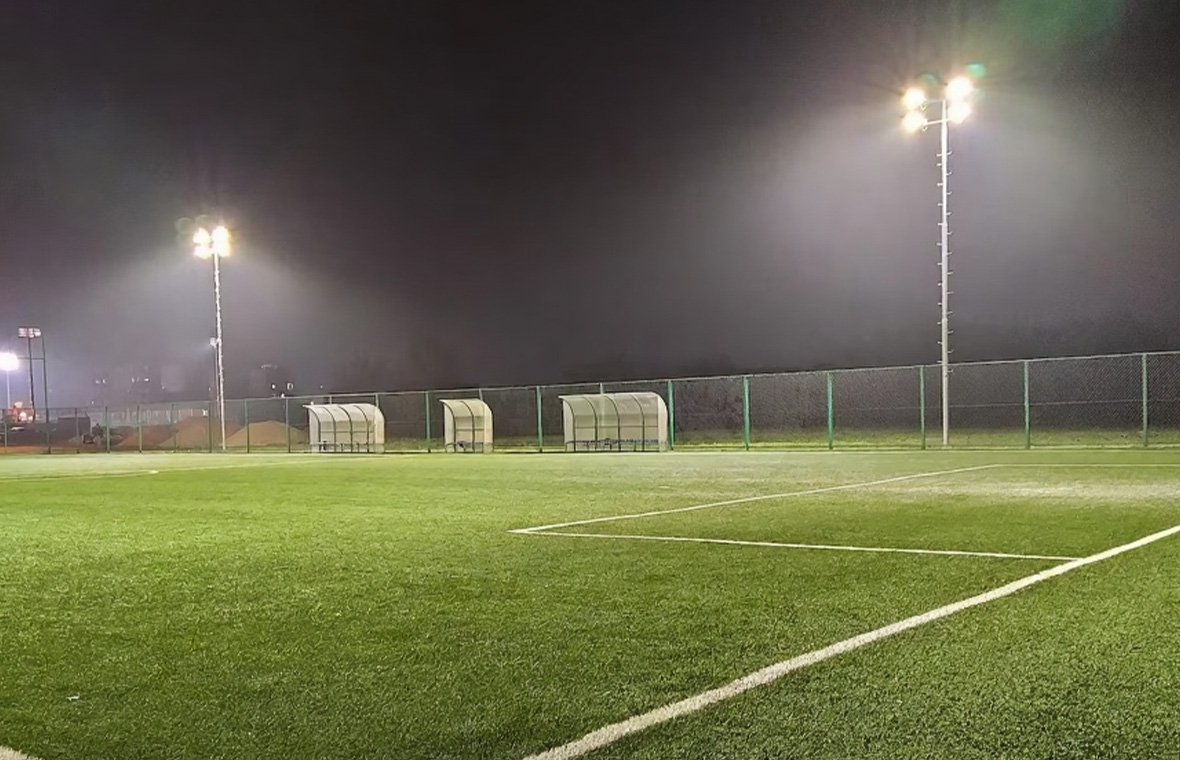
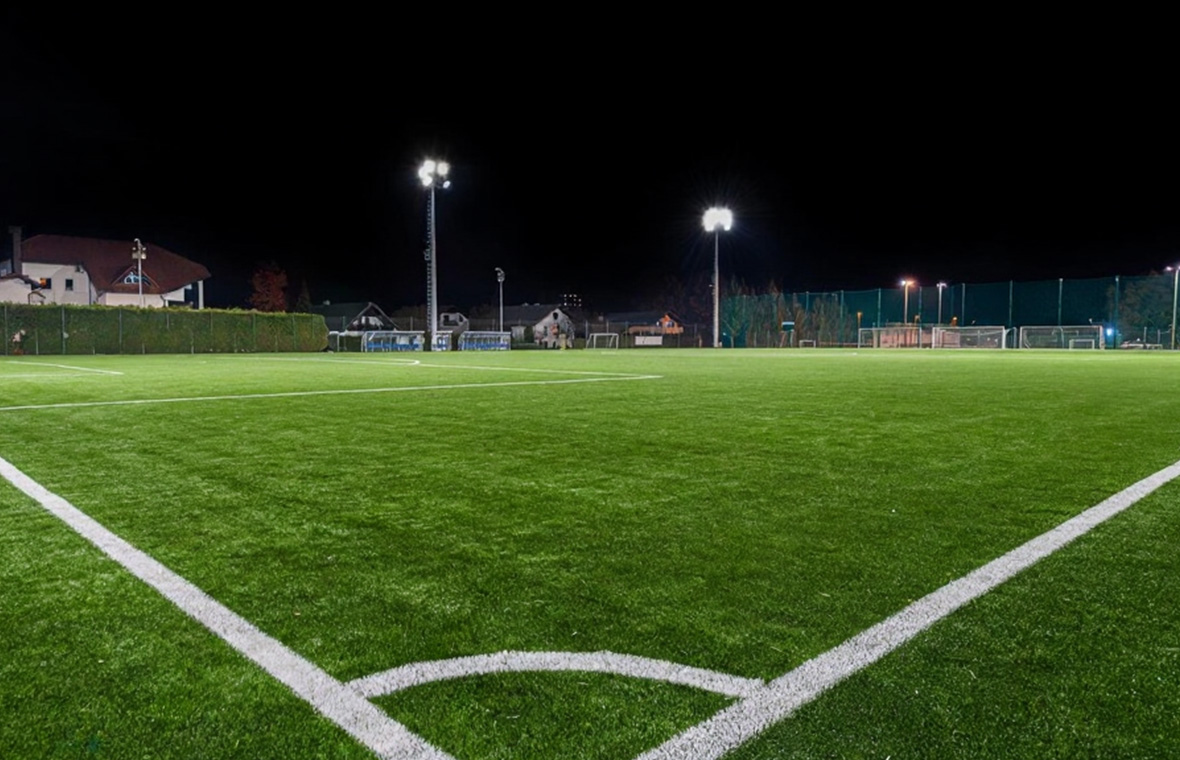
Stadium lighting models are generally categorized based on the stadium’s size, spectator capacity, and lighting efficiency. Therefore, when determining the lighting solution for stadiums, the needs of both players and spectators must be taken into consideration. In this context, the preferred lighting solutions for field lighting are as follows:
When choosing from stadium lighting models, the luminaire best suited to your project should be selected by considering factors such as functional requirements, energy efficiency, durability, and cost-effectiveness. The points to consider when selecting lighting solutions for stadium lighting are as follows:
This prevents glare and reflections, thereby eliminating visual discomfort for both spectators and performers.
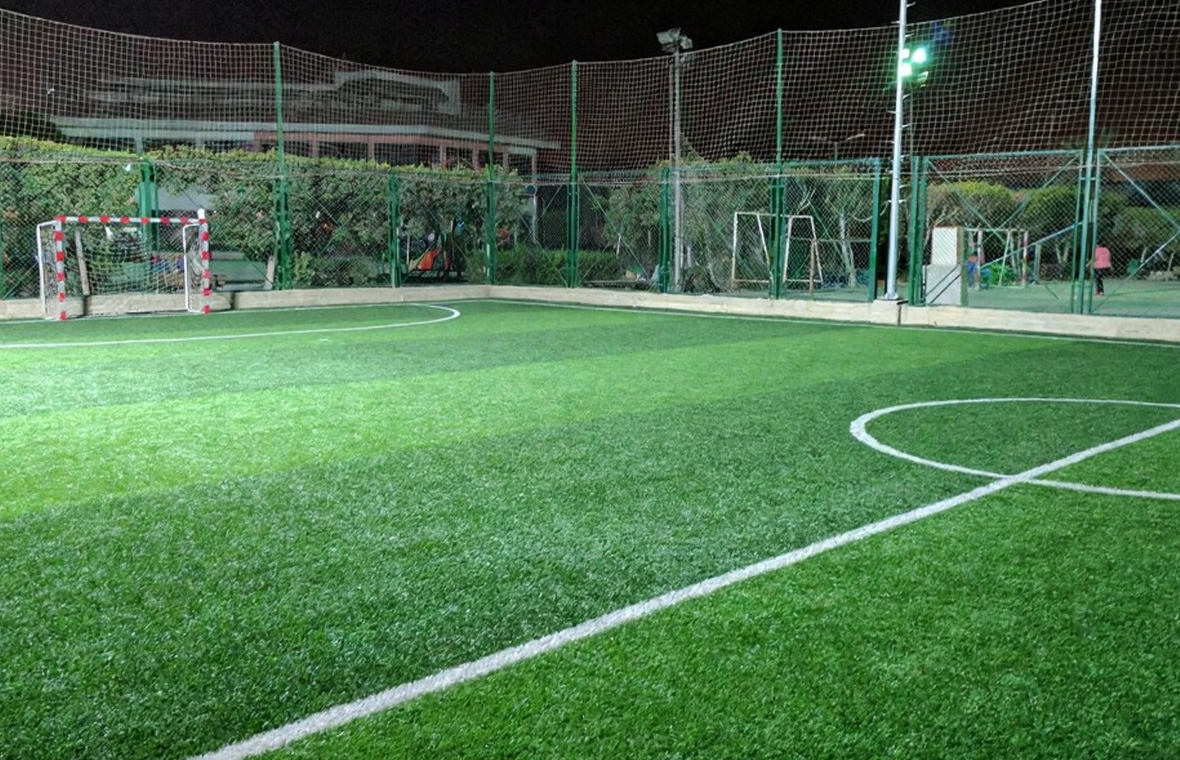
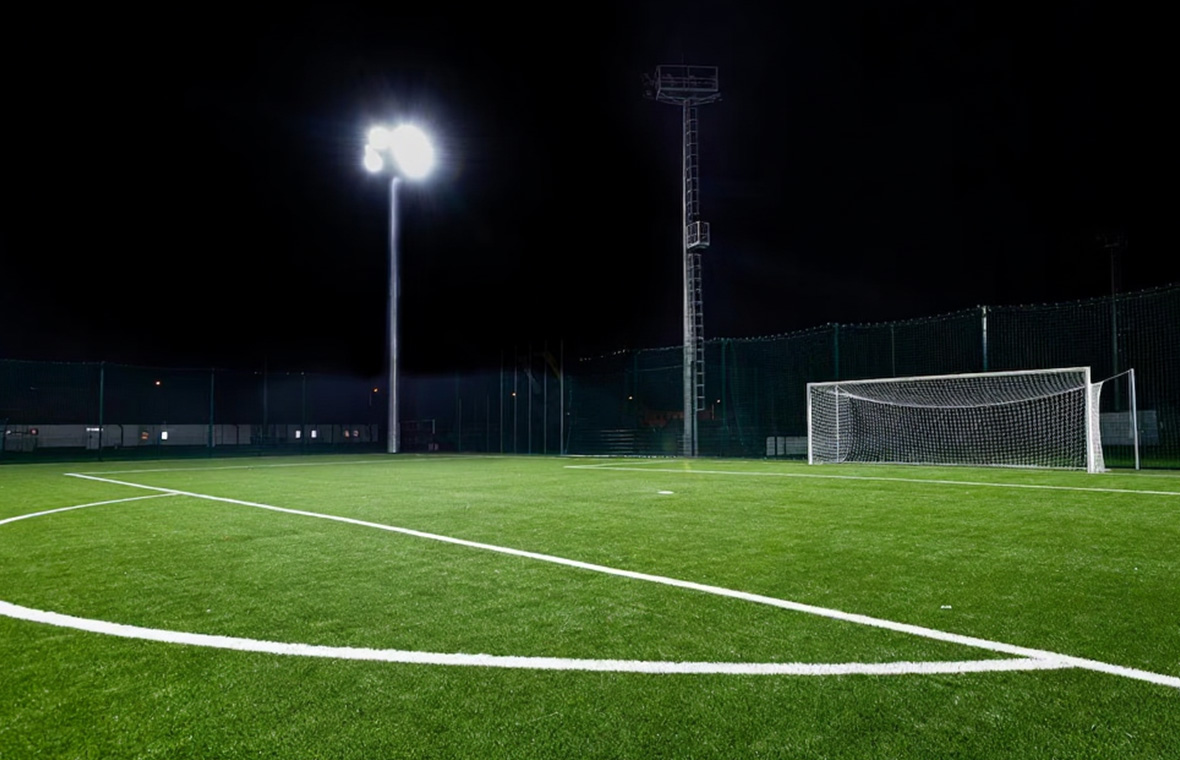
Field lighting prices vary depending on the model, brand, function, and bulk purchase options. Licalux Lighting, an expert in stadium lighting, offers users high-quality solutions at affordable prices. You can browse football field lighting options on our website; contact us for all field lighting prices.
Meet Licalux Lighting Company and discover the most innovative ways to illuminate your spaces! Our professional team is ready to provide you with customized solutions across design, engineering, project management, and automation stages, providing you with a unique and high-quality lighting experience!